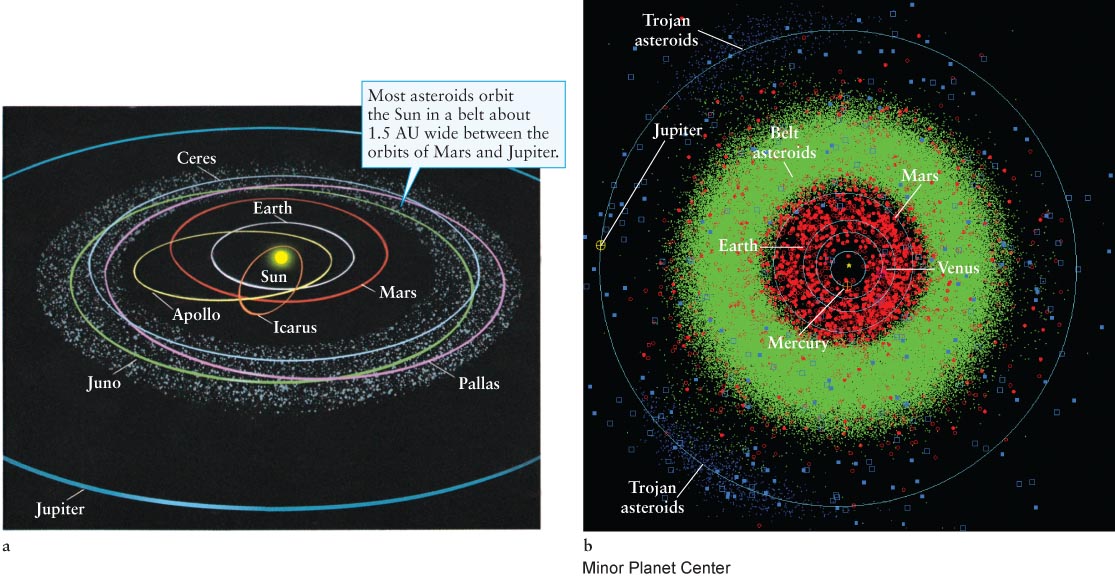
Figure 8- n– t-